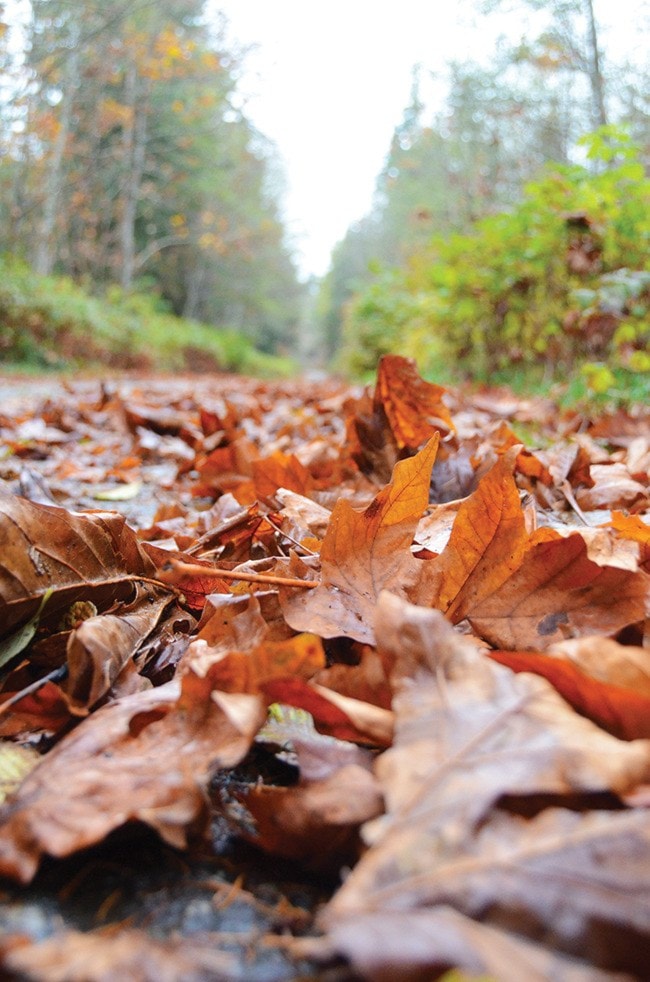Help sow the seeds of Campbell River’s future urban forest by participating in an open house from 6 to 8 p.m. on Wednesday, Nov. 4 at the Campbell River Community Centre (401 11th Ave).
“The City and Greenways Land Trust have been working together to develop an urban forest management plan, and we’re now looking for public feedback,” explains Ross Milnthorp, the City’s general manager of parks, recreation and culture.
The first phase of Campbell River’s Urban Forest Management Plan was completed in May 2015, and included a tree canopy inventory. The City is now seeking public input on the draft second phase of the plan, which establishes guidelines and actions to preserve and enhance Campbell River’s urban forest.
Attendees will have an opportunity to view and comment on potential plans for canopy cover growth, new tree planting, tree health and maintenance and tree protection.
“All of the community’s trees, vegetation and soil contribute to the urban forest, and this provides a wealth of social, economic and environmental benefits to people who live in urban communities,” Milnthorp adds. “We want to make sure these important assets are valued appropriately relative to other forms of civic infrastructure and to keep these natural assets thriving in an urban setting through ongoing planning, maintenance and monitoring.”
Findings from Campbell River’s urban forest inventory include:
- Campbell River is home to 3.4 million trees.
- Canopy cover across the entire city boundary is 58 per cent; within the developed Urban Containment Area (UCA), it is 33 per cent.
- Relative to the North American average of 27 per cent canopy cover, Campbell River is performing well. However, there is still room to improve as the Pacific Northwest benchmark target is 40 per cent.
- With 2,800 street trees in the city, the most common species are flowering cherry, red maple, Norway maple and katsura.
- Campbell River’s street trees have a replacement value of $2.2 million.
- Each tree provides, on an annual average, $67 worth of ecosystem services in the form of carbon sequestration and storage, greenhouse gas emission reduction, stormwater interception, air pollution removal, energy savings, increased commercial activity in business areas and increased real estate value.
- For every $1 Campbell River invests in street trees the community receives a return of $4 in ecosystem services.
Additional information about the Urban Forest Management Plan is posted on the City’s website under Parks, Recreation and Culture / Parks / Urban Forest.
